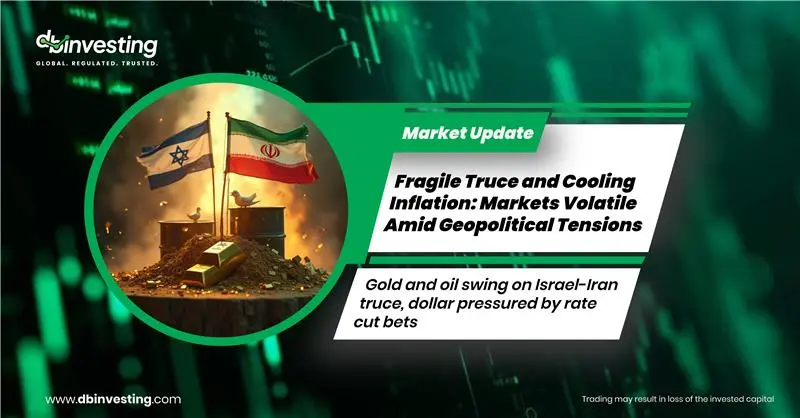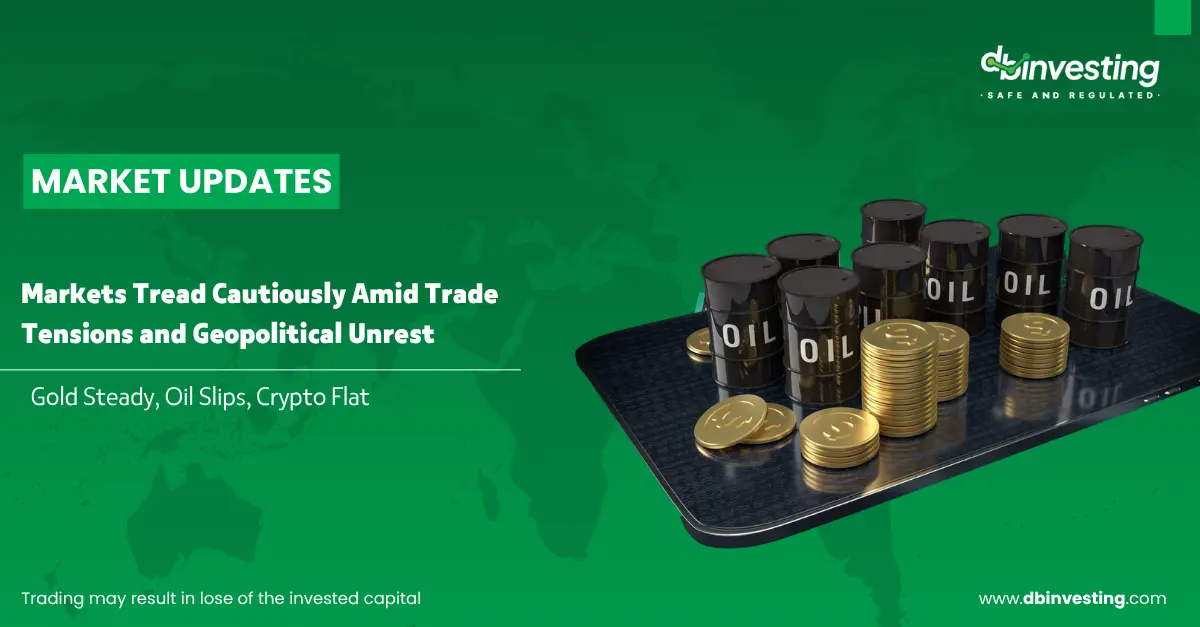Trade Deals and Fed Speculations Shape Market Trends
Gold prices climbed from a one-month low during Asian trading on Monday, supported by a weaker dollar. However, safe-haven demand remained limited as Middle East tensions eased and optimism grew over potential U.S. trade deals.
A ceasefire between Israel and Iran, brokered by U.S. President Donald Trump last week, significantly reduced geopolitical risks in the Middle East, decreasing gold’s appeal as a safe haven.
On the trade front, the U.S.-China agreement signed last week in Geneva, which resolved disputes over rare earth shipments and eased a key trade friction, further boosted positive market sentiment.
Additionally, the U.S.-UK trade agreement came into effect on Monday, reducing car tariffs to 10% and eliminating tariffs on aircraft parts entirely.
However, a looming July 9 deadline threatens the potential re-imposition of tariffs on other trading partners, including global steel and aluminum tariffs.
Gold also found support as the U.S. dollar weakened, driven by rising market bets on at least one interest rate cut by the Federal Reserve by September.
Most Asian currencies gained on Monday after data showed improvement in China’s business activity, while the dollar fell amid growing speculation of Fed rate cuts.
The U.S. dollar hovered at its lowest level in over three years, further pressured by concerns over soaring U.S. government debt, especially as Trump’s sweeping tax and spending cut bill advanced through the Senate. Lawmakers are expected to vote on it as early as Monday.
Regional currencies extended last week’s gains and were on track for strong performance in June amid persistent dollar weakness.
Despite recent inflation data showing a rise in May, Fed Chair Jerome Powell dismissed suggestions that a rate cut was imminent. However, Powell remains under pressure from Trump to lower interest rates, with speculation that Trump may soon announce Powell’s successor to weaken his position.
The dollar also faced downward pressure due to concerns about rising U.S. government debt, linked to Trump’s advancing tax cut legislation.
U.S. stock futures rose on Sunday evening after major Wall Street indices posted weekly gains, with the Dow Jones and Nasdaq hitting record closing highs. Optimism was fueled by Fed rate cut expectations and hopes for trade agreements before Trump’s July 9 deadline.
Last week, markets were uplifted by weaker-than-expected inflation data, which increased expectations for Fed rate cuts later this year. Sentiment was further improved by the ceasefire between Israel and Iran brokered by Trump.
Fed Chair Powell remained cautious last week, warning that inflation increases driven by tariffs are likely in upcoming data. Nevertheless, market expectations shifted toward multiple rate cuts this year.
Meanwhile, oil prices suffered heavy losses last week as the ceasefire between Israel and Iran reduced supply disruption risks in the Middle East.
Oil was also pressured by fears of further production increases from OPEC+, which is set to meet on July 6. Reuters reported the group is likely to approve a production increase of 411,000 barrels per day in August, similar to increases seen in May, June, and July.
OPEC+ had already started unwinding two years of production cuts earlier this year, partly to counter the economic impact of persistently low oil prices and partly to penalize overproducing members.
Beyond OPEC+, attention is also on U.S. fuel demand, which typically rises during the summer travel season.
Conclusion:
Markets are navigating a complex landscape of easing geopolitical risks, potential trade breakthroughs, and shifting monetary policies. The coming weeks, especially the July 6 OPEC+ meeting and the July 9 tariff deadline, will be critical in determining the next big moves across commodities and currencies.


